In case you hadn’t heard, Autoblog turns 20 this month. A lot has happened over the past two decades, from the crossover boom to the rise of hybrids and even the first widespread adoption of battery-electric cars. Hyundai and Kia have both exploded into the mainstream, and despite the slow march toward bigger and clumsier cars, we saw the resurgence of American muscle and the pony car supremacy wars. Cars are cleaner than ever before, yet absurdly quick. The future may not be perfect, but if you look at the past, where we’re going is incredibly promising.
So that’s exactly what we did — took a look at the past.
We were tasked with nominating cars that had a significant impact on the automotive scene over the past 20 years, whether by virtue of success, failure or something else entirely. The list proved extensive, and was shortened to 45 final nominees. We were then told to chose our individual top 10 and rank them, from which we culled the list to 20. Some of our choices are technically a couple of years older than Autoblog itself, but we felt their inclusion was warranted based either on an impact that wouldn’t become apparent until later, or because they’ve had a profound influence on the industry since the turn of the 21st century. Without further ado, here are our picks.
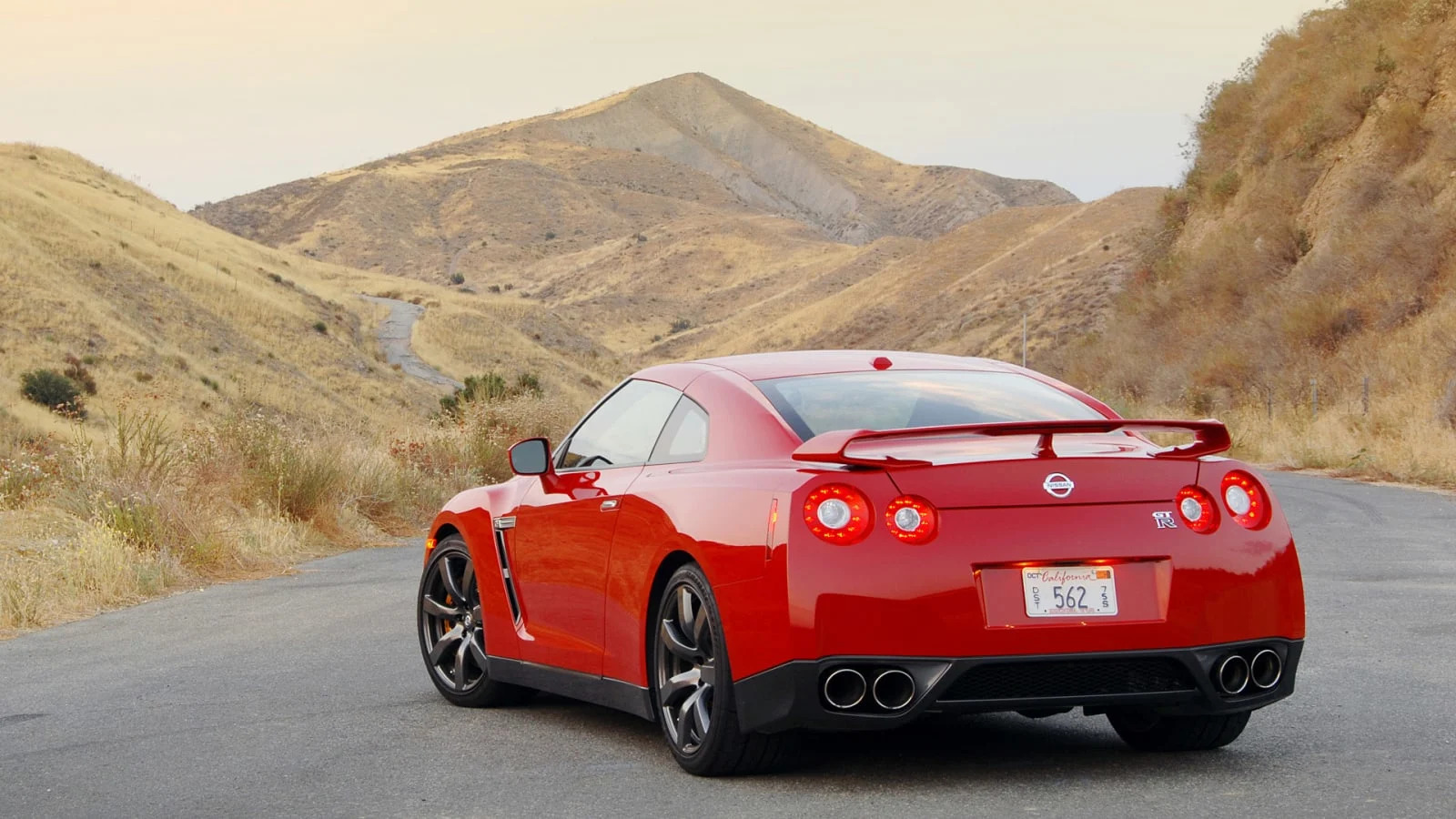
20 — 2009 Nissan GT-R
The R35 Nissan GT-R’s story has been one of defiance from the get-go. It was crowned the final boss of mainstream performance cars before such a concept even existed and was cast as the rowdy, upstart villain before it even went on sale. And now, 15 years into its run, it has lived long enough to see itself become the hero. Where it was once panned for its too-digital and unengaged driving experience, it’s now among the most analog offerings in the high-performance market. It came in defying the world; it’ll go out defying its own reputation.
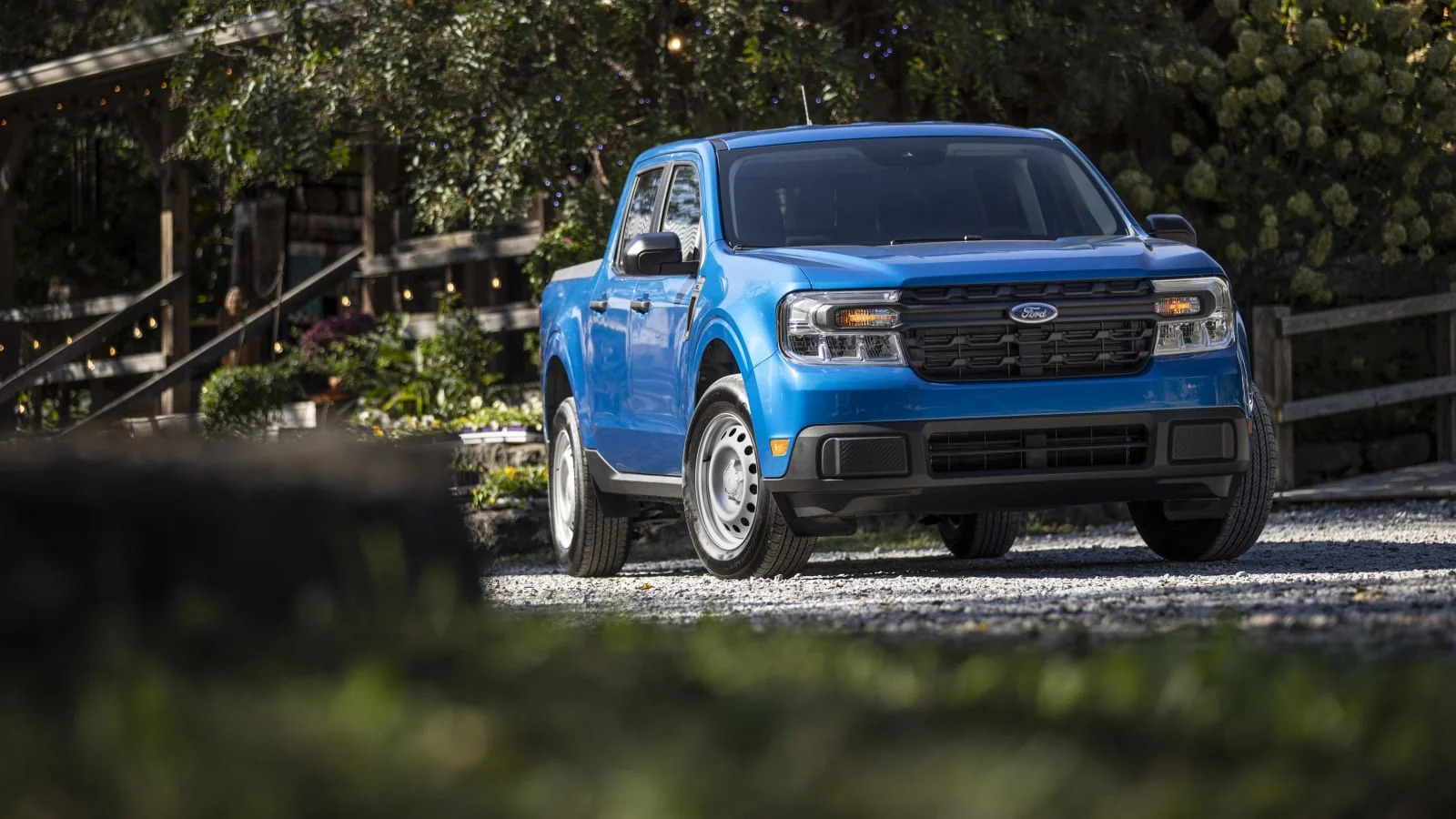
19 — 2022 Ford Maverick Hybrid
The Maverick was a big throw of the dice for Ford. Not only was the Blue Oval pitching a new, small, unibody pickup truck, but it did so on the heels of cancelling virtually all of its affordable offerings. On top of that, pickup builders told us for years that smaller models weren’t worth exploring because their customers would always buy as much truck as possible; why leave those profits on the table? Yet, this baby cargo hauler has more DNA in common with a Focus than with an F-150, and shoppers don’t seem to care one bit. Even the front-wheel-drive-only Hybrid model — briefly the least-expensive variant offered — has been so popular that Ford has been unable to meet customer demand since release. Perhaps its full significance is yet to be seen, but early signs point to it featuring prominently the next time we do this little exercise in 10 years.
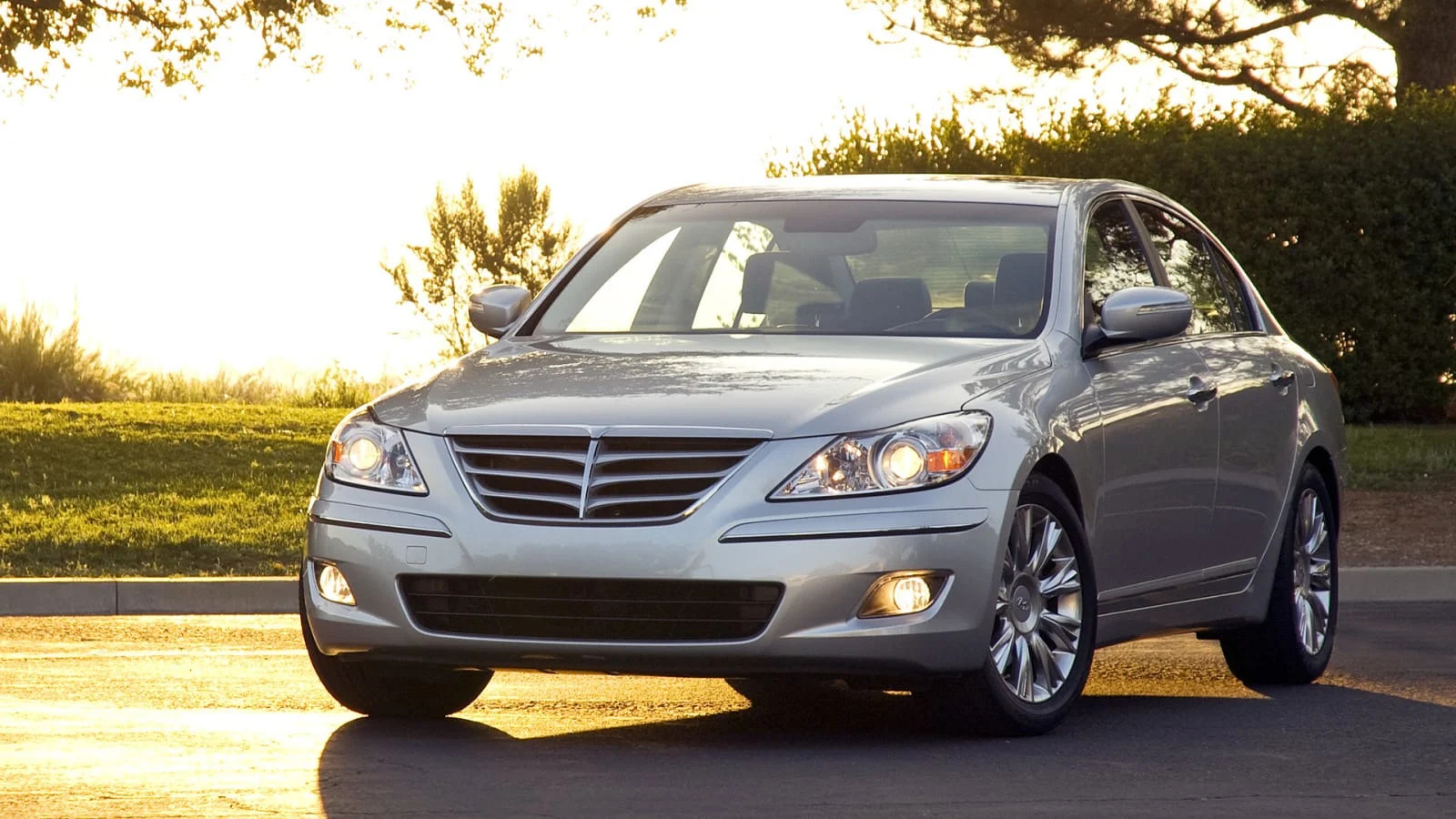
18 — 2009 Hyundai Genesis
Some of the cars on this list were segment-defining automobiles, while others defied contention and created their own niches, but there aren’t many automobiles one can point to and say, “That was the genesis of an entire brand.” In this case, well, that’s about as literal as it gets. The Genesis lineup now includes eight distinct models, including the descendants of the Genesis and Genesis Coupe themselves, the G80 and G70. Sadly, the latter is unlikely to survive to see another generation.
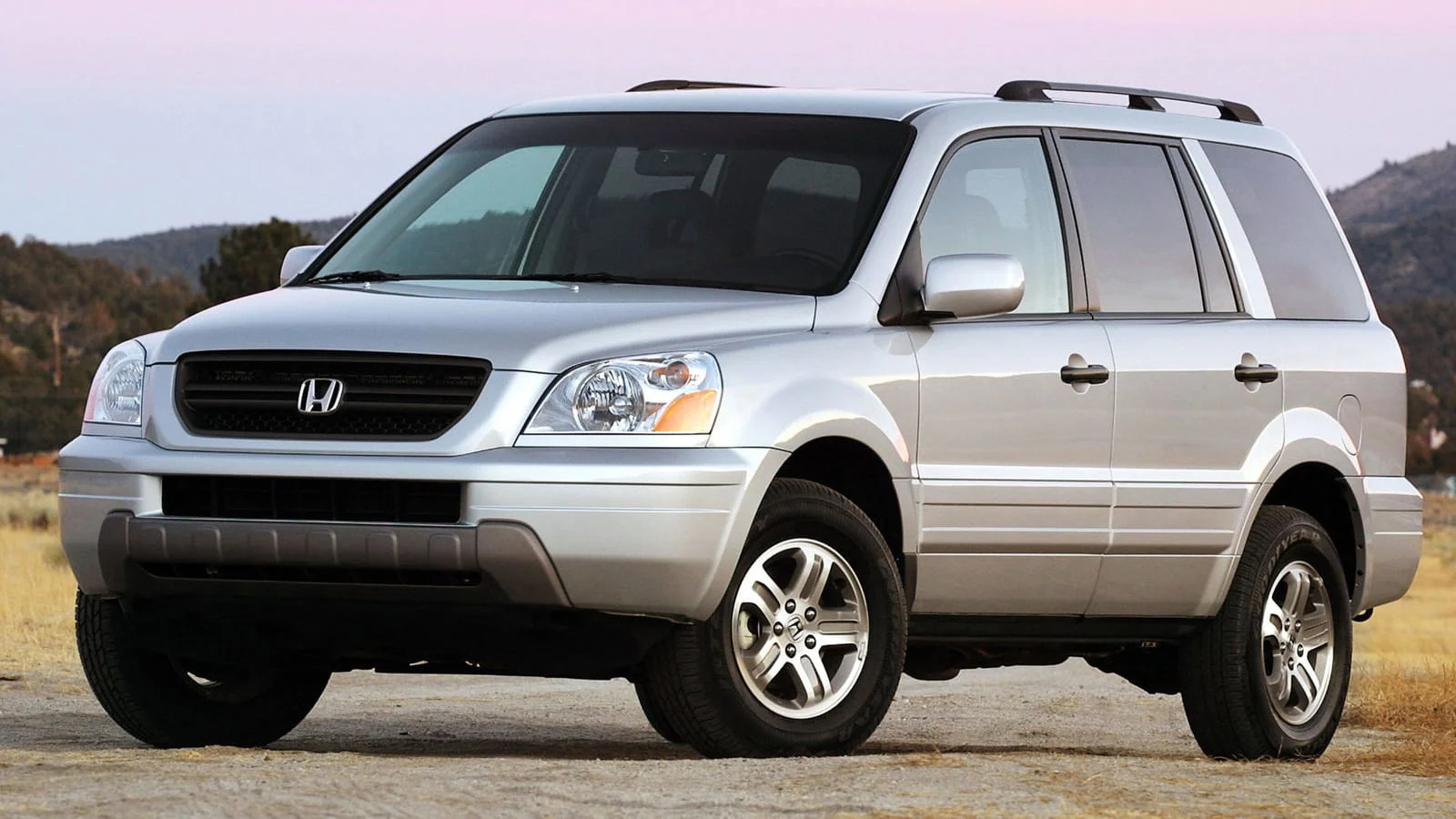
17 — 2003 Honda Pilot
Remember the world before three-row crossovers? Back when everybody crammed themselves into Explorers and Trailblazers or settled for a minivan? That’s the marketplace that greeted the Pilot back when it debuted (yes it was a year before we launched, but its significance built thereafter). Although it literally wasn’t alone as a three-row crossover, it was the one that established the blueprint of size, layout and family-friendly character that basically every three-row family crossover uses today. In the beginning, there was a Pilot.
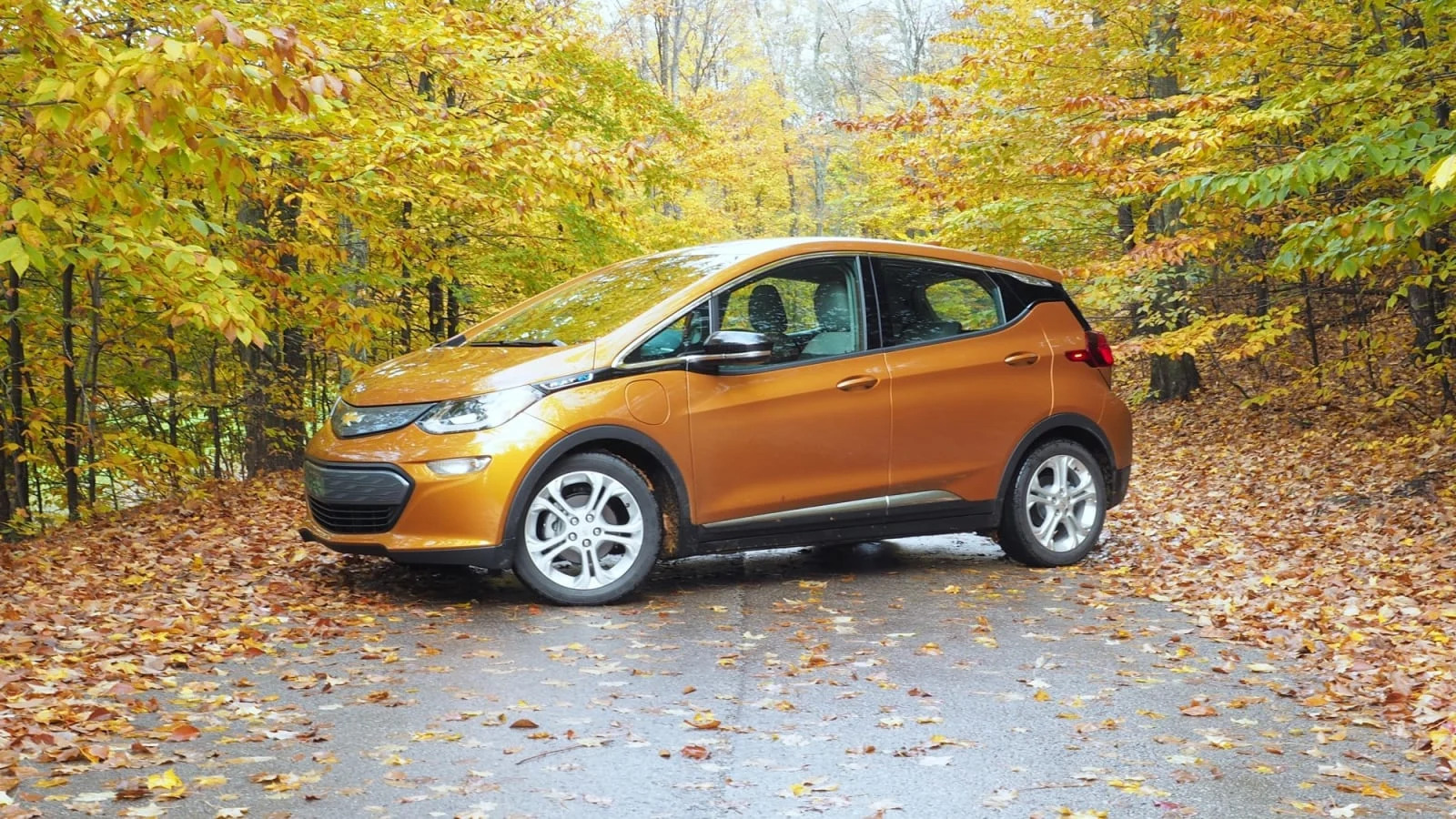
16 — 2017 Chevy Bolt
The Nissan Leaf may have been the first modern mass-market BEV, but the 2017 Chevy Bolt EV was the first mass-market EV to really do it right. Principally, it was all about the range. While other EVs could barely squeak past the 100-mile mark, the Bolt crested 250. Game changer? You bet. It was also practical and surprisingly fun to drive. The design and body style probably held it back in the marketplace (a mid-cycle update and the introduction of the EUV changed that), but there’s no denying how significant the Bolt was when introduced and to this day.
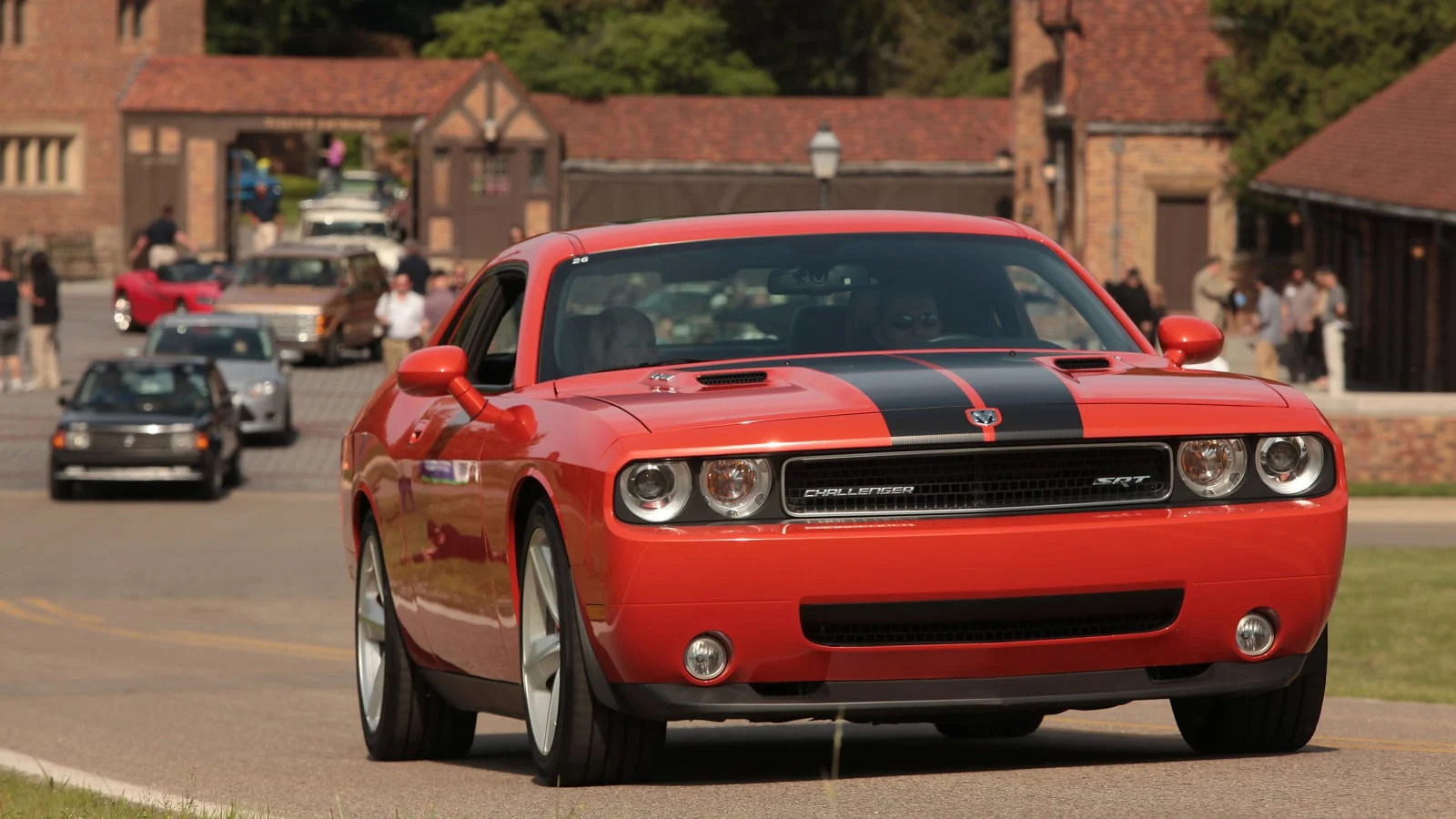
15 — 2008 Dodge Challenger
It says a lot that the Chrysler LX platform (technically LC here) shows up twice on this list. The Challenger proved that a big, snarly muscle car could still sell in a world where conspicuous consumption is falling under increasingly intense scrutiny. From Hemis to Hellcats, Redeyes and Demons, there was a Challenger for every power-hungry customer on the road — one of your authors included. That it has survived, barely changed, for most of the past 20 years and has arguably become even more relevant for enthusiasts also speaks volumes.
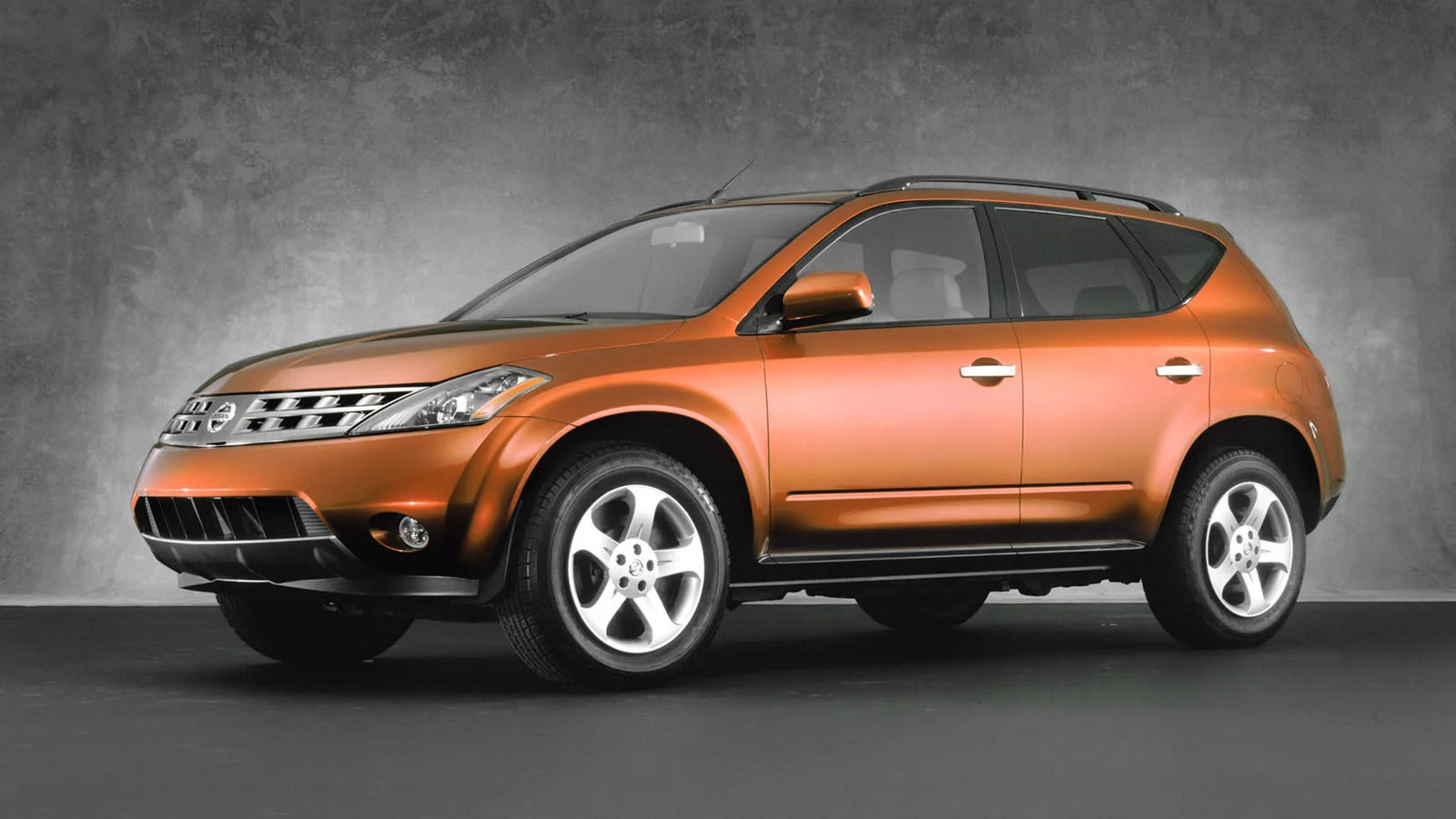
14 — 2003 Nissan Murano
If you’re under the age of, say, 30, this one probably won’t make much sense to you. For those of us who had our fingers on the pulse of the market in the very early aughts, the 2003 Nissan Murano was wild. Nothing looked like it — everything was boxy and/or completely anonymous. These days, everything looks like it. Nissan has made many mistakes over the past two decades, but forecasting styling trends was not one of them. And we can’t put this one out there without acknowledging the Infiniti FX, which despite not being mechanically related to the Murano, sported an equally futureproof design.
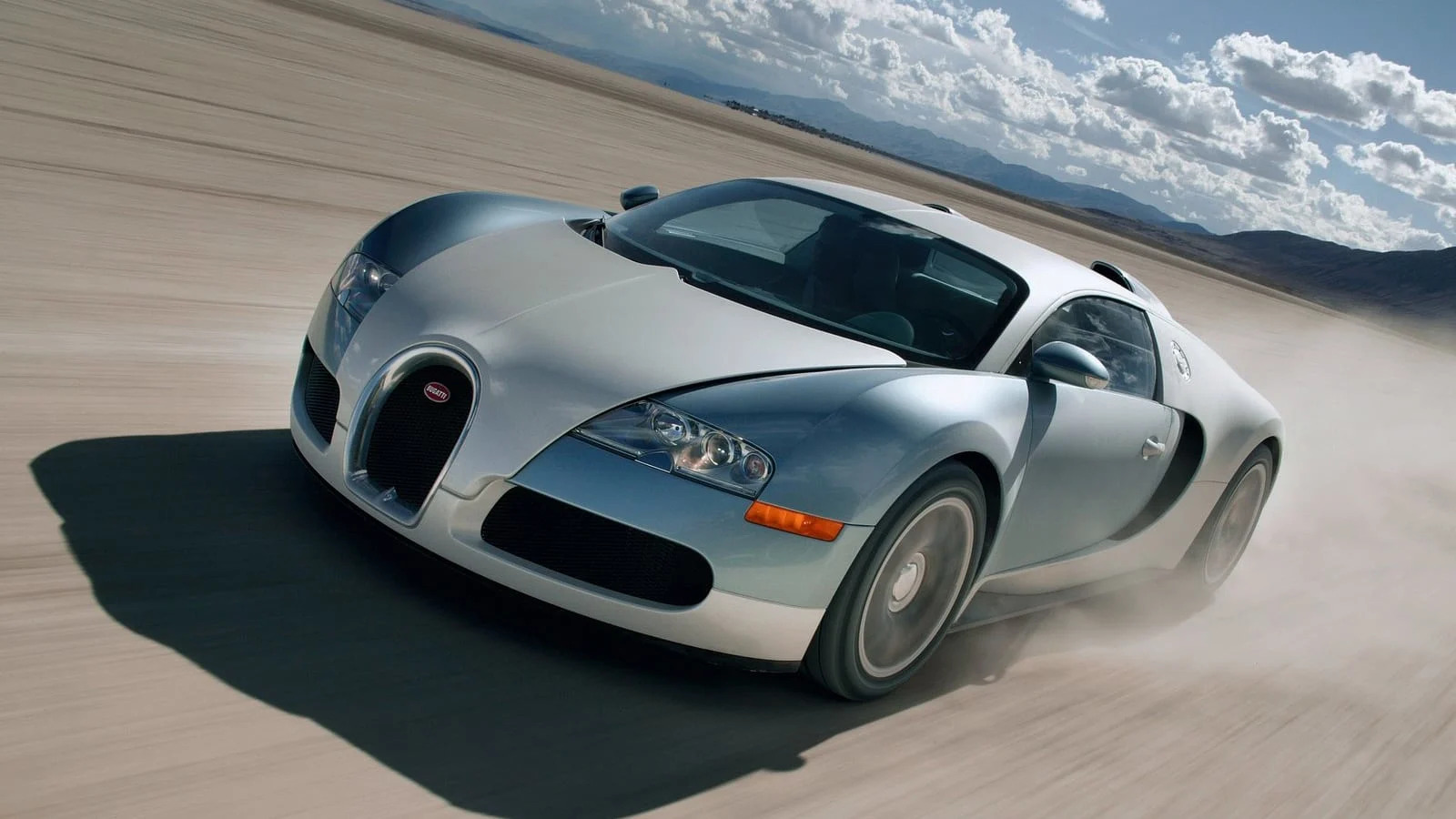
13 — 2005 Bugatti Veyron
If there was one car that the whole world was talking about right at the start of Autoblog, it was the Bugatti Veyron. It was the superlative automobile: a price tag over $1 million; 1,000 horsepower; a 250-mph top speed; 16 cylinders; 4 turbochargers. This was a car defined by numbers. It was so far beyond any supercar made before it, and it became the benchmark for at least a decade. It set the mold for what a supercar needed to be: a monument of monstrous machinery.
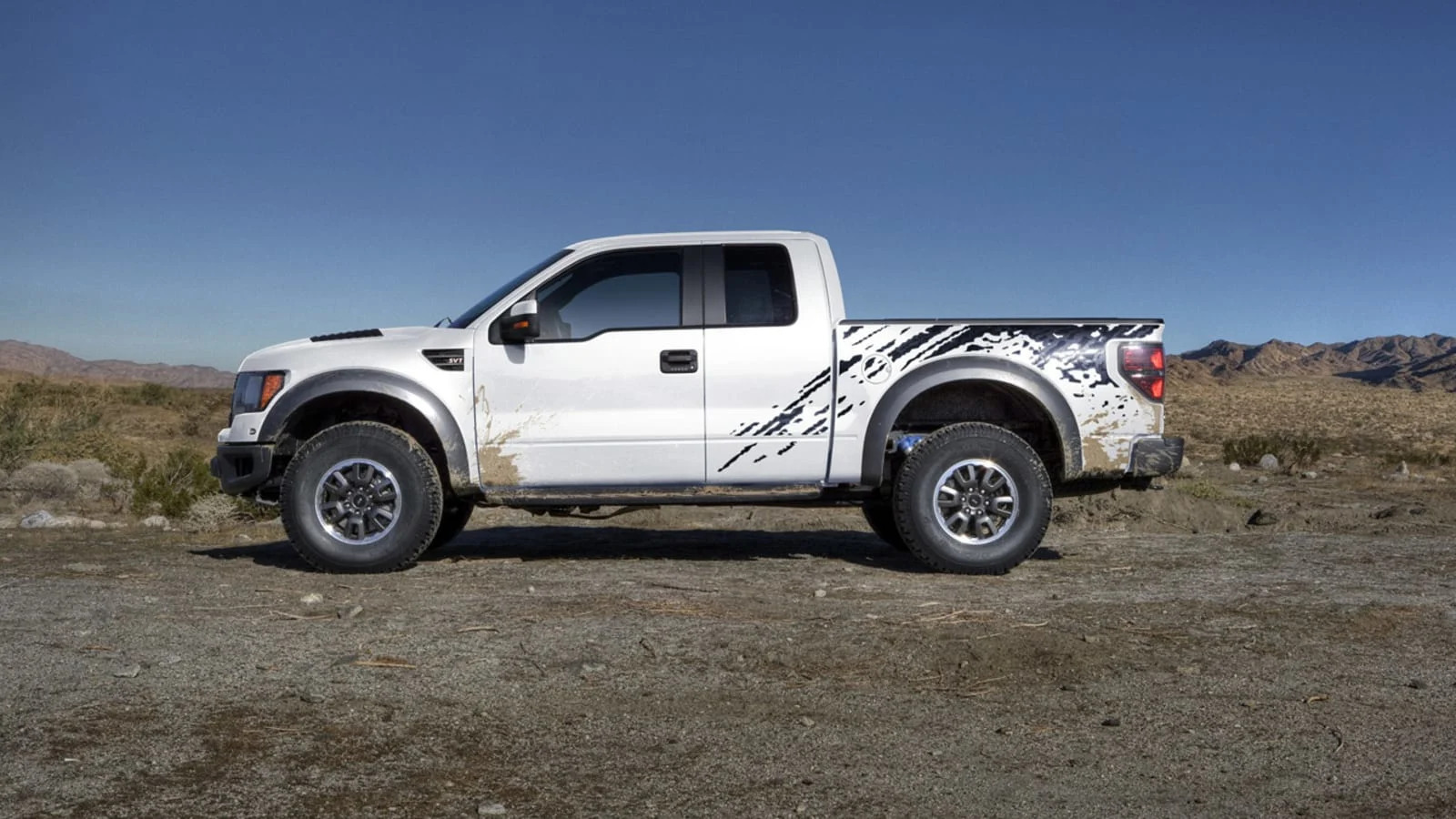
12 — 2010 Ford SVT Raptor
Being able to catch big air and come down safely in a completely stock production truck or SUV wasn’t exactly a thing before the Ford F-150 Raptor. Off-roaders were plentiful, but the Raptor with its Trophy Truck-esque, air-defying antics was an alien vehicle when it launched (literally) in 2010. Today, the Raptor name is synonymous with epic off-road capability, and the Raptor R continues to set hilarious standards for others of its ilk. Ram followed years later with the TRX. GM’s put forth its own challengers with the ZR2 line, and the Raptor’s in-your-face styling can be seen throughout the industry. It’s a trailblazer of excess and just plain silly fun, and it’s a type of vehicle we don’t see dying out any time soon.
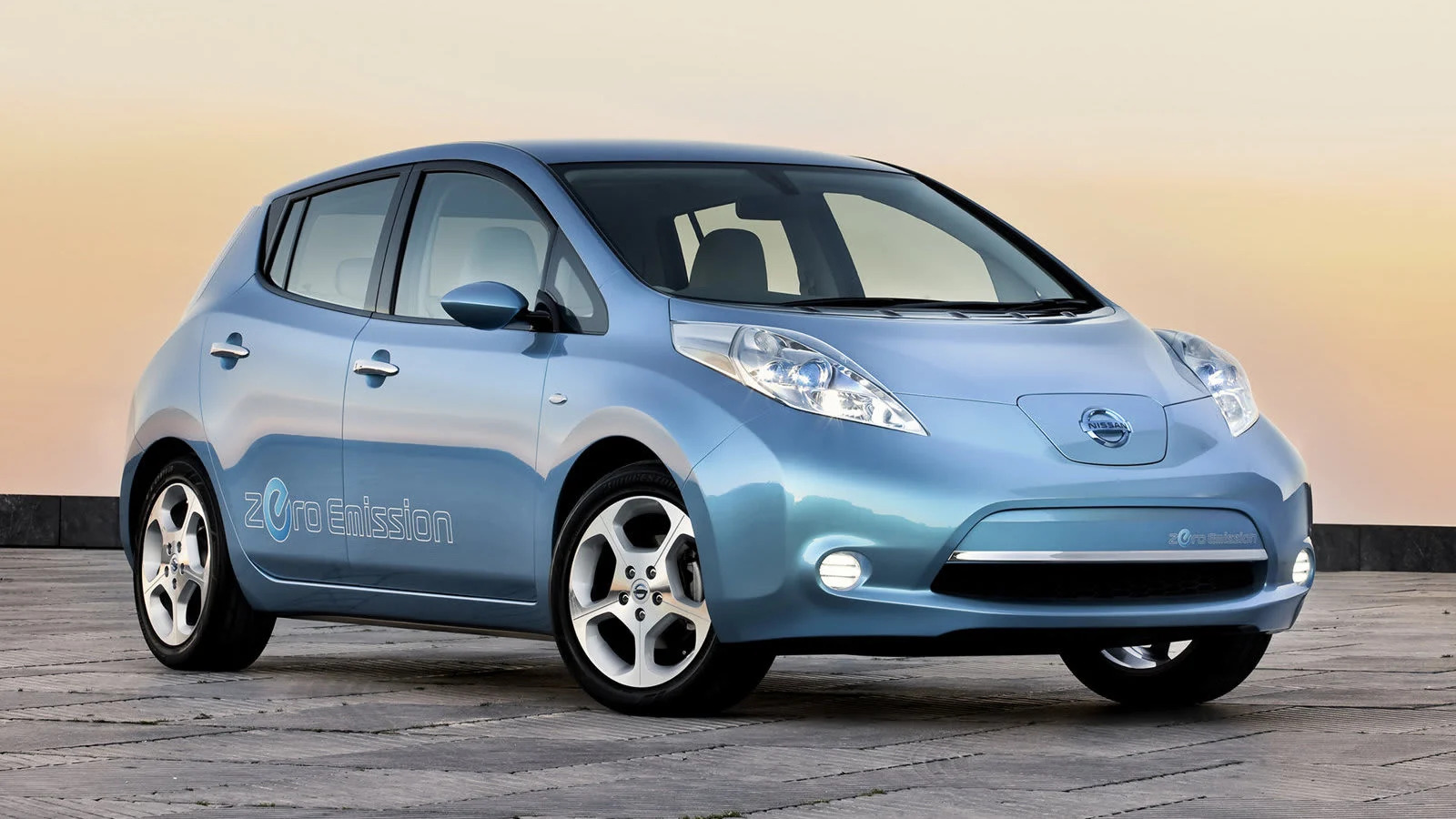
11 — 2011 Nissan Leaf
The Nissan Leaf was the first mass-market EV, and it was a big deal. As one would expect, skepticism surrounded it, and range anxiety was real. It may not have been for everyone, but it was the first step on what has become an industry-wide, even cultural, journey. A bit over a decade on, and we’re still in uncertain terrain when it comes to electrification — the Leaf was like the Sputnik launch, and now we’re shooting for the moon.
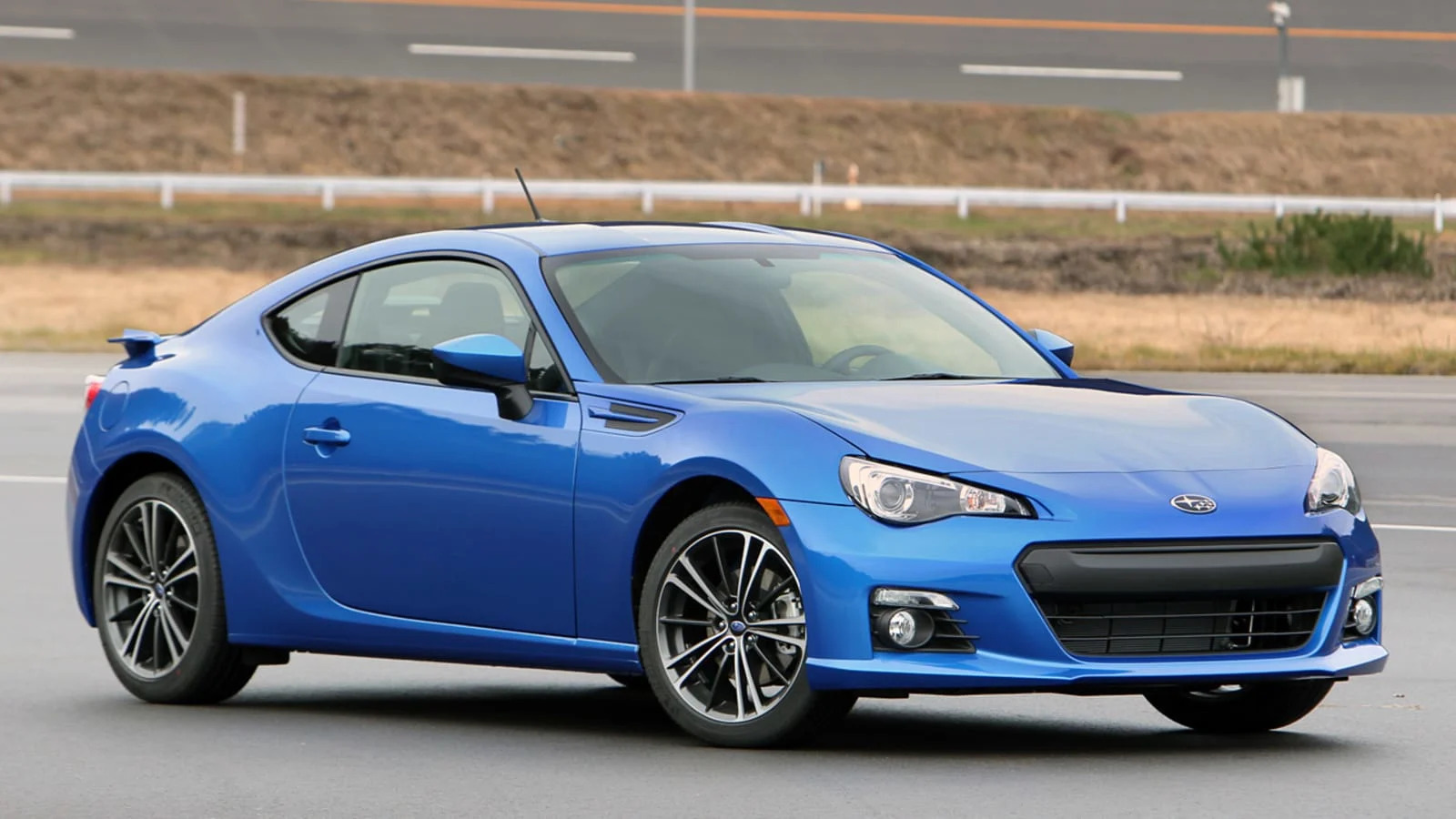
10 — 2013 Scion FR-S/Subaru BRZ
Remember Scion? Toyota’s “youth” brand seemed more popular with baby boomers than anybody else, but we still got some pretty sweet machinery out of the deal. Today’s Toyota GR86 is yesterday’s Scion FR-S, while the BRZ is, well, still the BRZ. Those who grew up with these on the market may not appreciate their significance, but considering just how un-sporty Toyota showrooms were circa 2010, these cars represented a critical inflection point for the brand. Subaru certainly benefited, but one glance at Toyota’s lineup today reveals just how much the FR-S influenced the company’s enthusiast offerings. It’s the only piece of Scion that survives in America today.
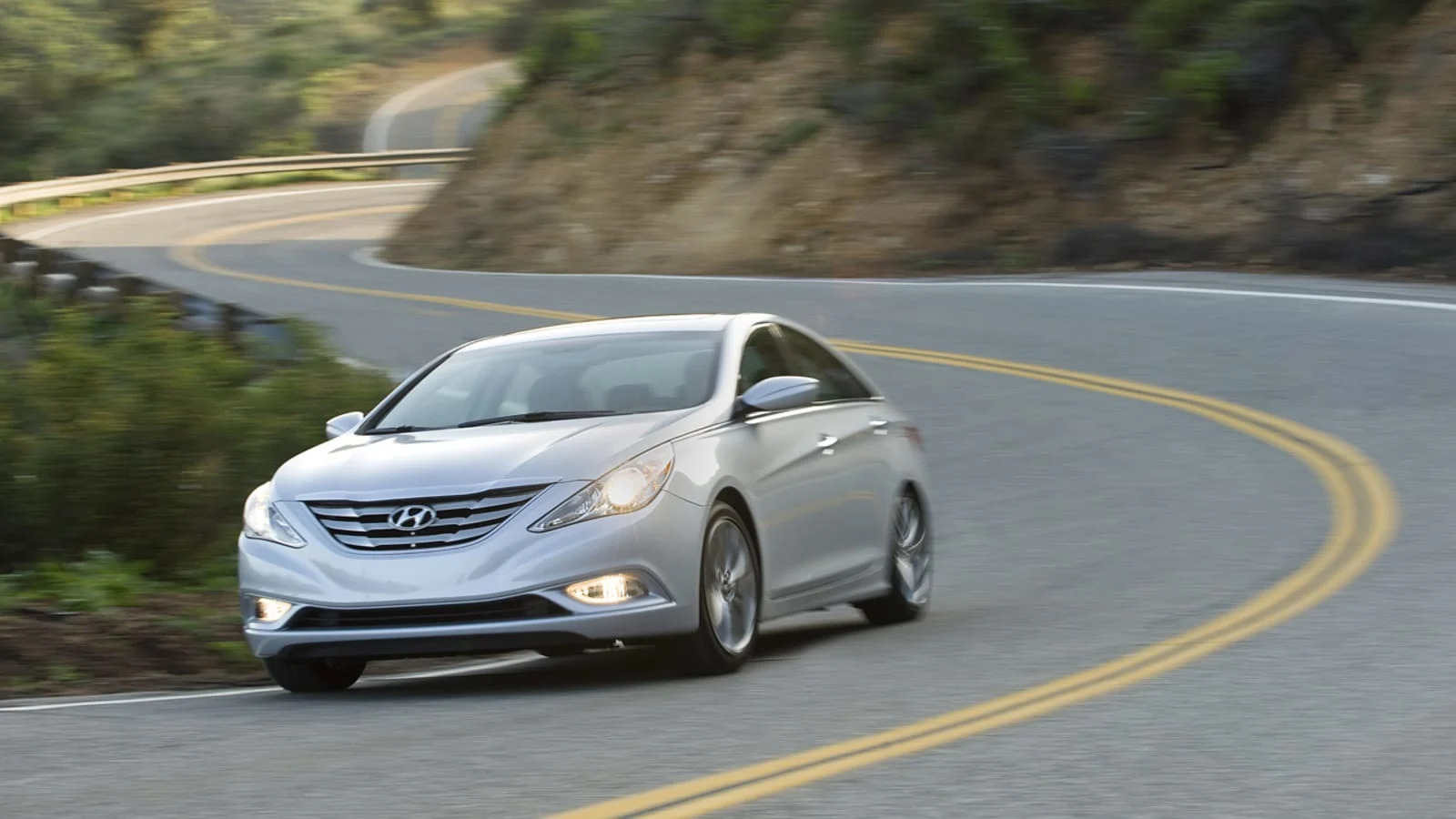
9 — 2010 Hyundai Sonata/Kia Optima
In 2009, Korean cars were sensible, decently made and delivered tremendous value, but were seemingly styled for the witness protection program. Then the 2010 Hyundai Sonata landed, followed by the 2010 Kia Optima. They were literal game changers, kicking off an onslaught of products that were not only new and greatly improved, but were designed in a way that car buyers really noticed. They weren’t alone: We asked a Toyota designer once if there was a rival car introduced that made his team stop and re-evaluate what they were doing. His answer was quick: the 2010 Hyundai Sonata. Midsize family sedans could no longer be anonymous, boring boxes, and with rare exception, they never were again. While recalls cost Hyundai and Kia quite a bit of goodwill, both cars made undeniable impressions on American buyers and positioned the brands for further upmarket expansion.
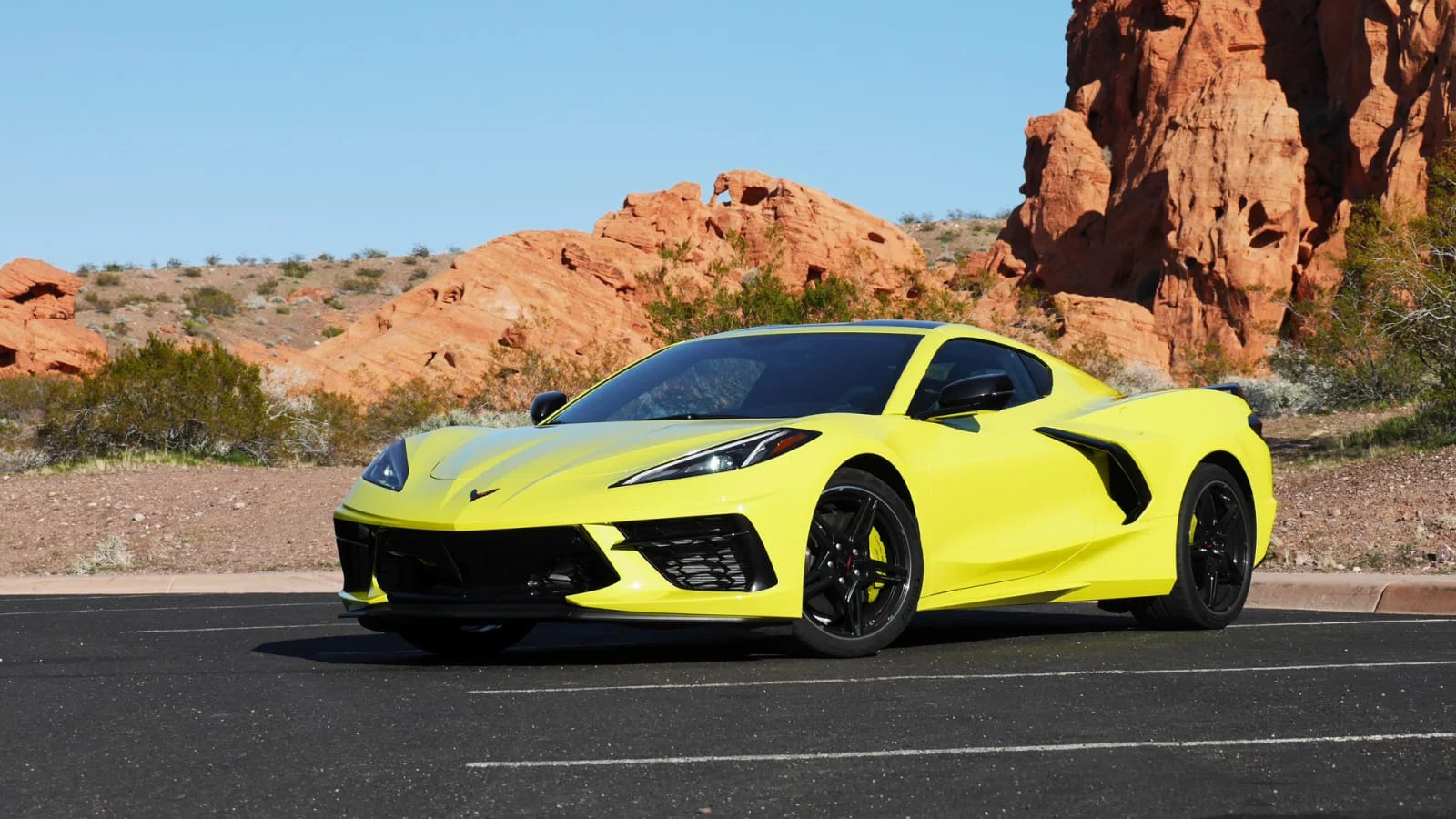
8 — 2020 Chevrolet Corvette
Rumors of a mid-engine Corvette go back decades longer than Autoblog has existed, and yet it never happened. Until it finally did. And when a multi-generation American automotive icon undergoes such a radical transformation, it sure seems significant to us. Despite its radically different layout, though, at its heart was still a good, old-fashioned American V8. It was just behind the driver now. We’re not sure how significant the mid-engine Corvette will ultimately be in terms of influencing the overall automotive industry as other selections on this list did, but in terms of historical significance and the sheer quantity of enthusiast interest there was when the C8 finally dawned, this was an easy pick.
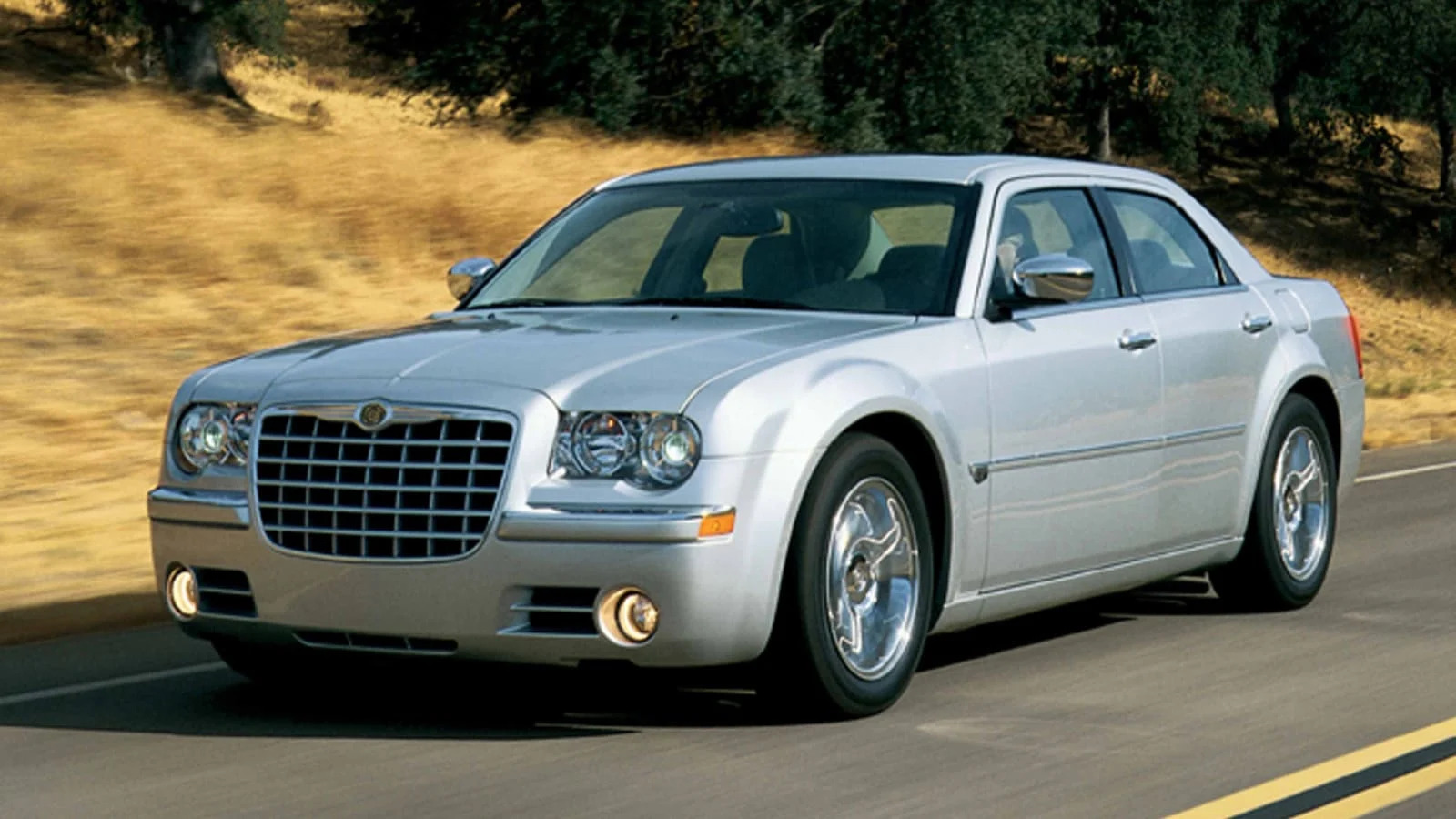
7 — 2005 Chrysler 300
The Chrysler 300 was a seminal car that went against the grain. When the rest of the industry moved to smaller vehicles with better fuel efficiency — or doubled-down on SUVs — Chrysler dropped a V8 onto a rear-wheel-drive Mercedes chassis and said to hell with all of that. Twenty years later, the 300 remains a high-water mark for American sedans. Its styling is timeless and demonstrated that Chrysler could build an aspirational car. For Chrysler to recapture some of its early 2000s mojo, it needs to look no further than the 300.
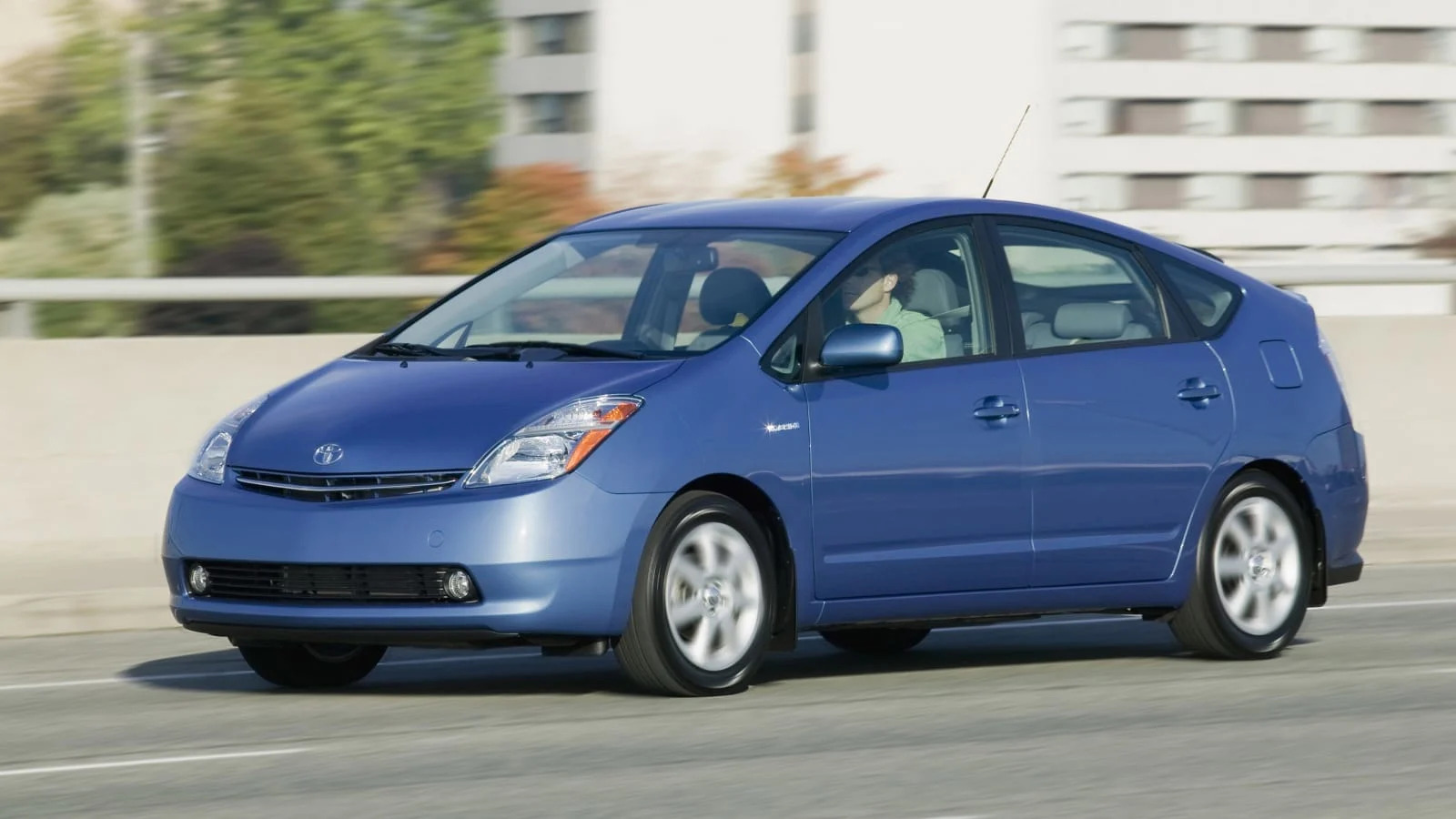
6 — 2004 Toyota Prius
If you asked a non car person “What was the first hybrid car?” they’d almost certainly say this, the 2004 Toyota Prius. Of course, it wasn’t; it wasn’t even the first Prius. But this was the car that made “Prius” and “hybrid” synonymous with each other as well as household names. Celebrities and other wealthy folks drove them just to make an eco statement, much as they would when inevitably moving on to Teslas thereafter. It’s not hyperbole to say the Prius was a cultural phenomena, but by making hybrids both fashionable and acceptable from an automotive standpoint, it opened the door to electrification. It did so by not only because exponentially more efficient than other cars, but it was a funky in an agreeable way that clearly announced your greenness, while also being surprisingly practical. It wasn’t a dorky eco science project like its predecessor or the Honda Insight. There were those on our staff that argued vehemently for this to be higher on the list.
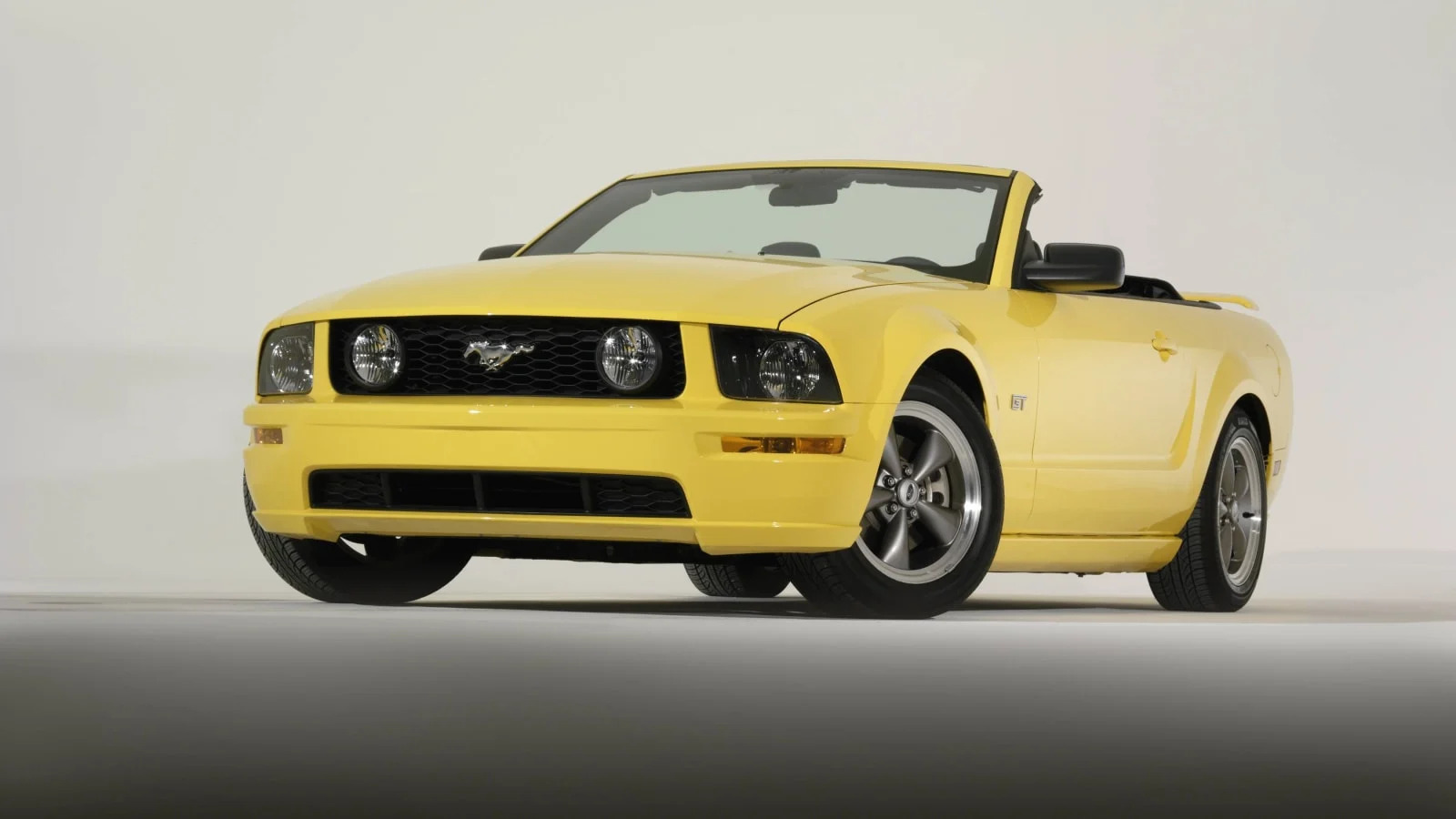
5 — 2005 Ford Mustang
To understand the 2005 Mustang, look at the years prior. Camaro? Dead. Challenger/Charger? Long dead. For decades, Mustangs had carried a few design cues from the first generation but had no cohesive style — stick a pony badge on a coupe and call it a Mustang. At their nadir, some Mustangs were putting out 88 and 91 horsepower; the second generation was based on the Pinto. But the S-197 Mustang envisioned by Sid Ramnarace, Hau Thai-Tang and J Mays was a clean-sheet redesign, revolutionary and retro. (Chief designer Mays also had a hand in the VW New Beetle and retro baby Thunderbird.) The 2005 Mustang reminded boomers of the car they first fell in love with. It was the automotive equivalent of a romantic gesture. It also really helped that the Mustang GT V8 offered 300 horsepower and 320 pound-feet of torque. Soon, the retro Camaro and Challenger came along, and many formidable Mustangs would follow. Pony cars, muscle cars were back.
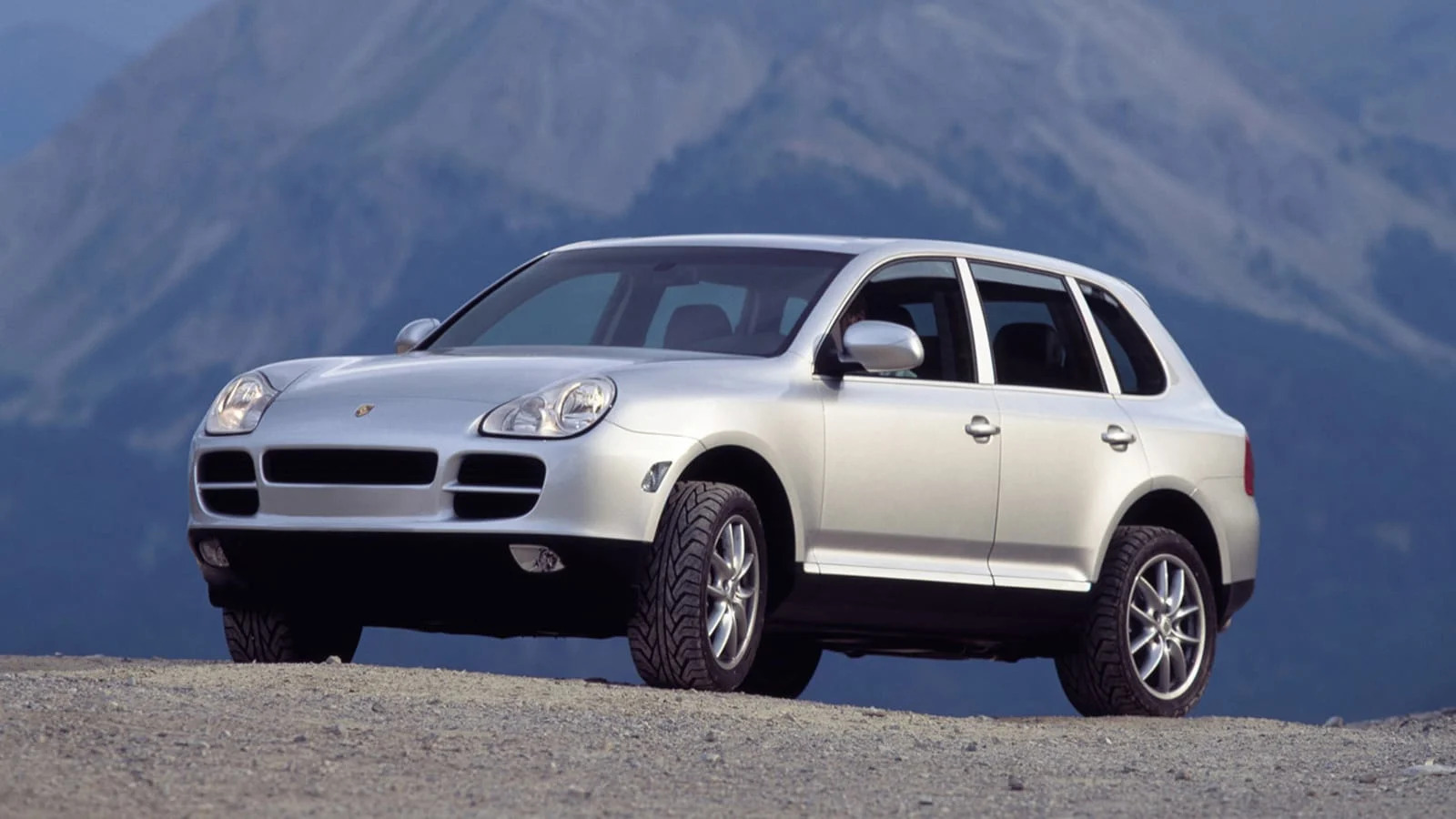
4 — 2003 Porsche Cayenne
The Boxster may have saved Porsche in the late 1990s, but it’s the Cayenne that’s turned the company into the profit machine it is today (and allowed it to make increasingly amazing performance machines that almost certainly wouldn’t have been possible without that war chest). Purists stuck up their noses in 2003 when the Cayenne launched, but we wouldn’t be surprised if those same naysayers are driving around in performance-focused SUVs now. Of course, they have the Cayenne to thank for kick-starting the trend. Mercedes-AMG, BMW M and Audi Sport SUVs run wild across America now and have ever since those OEMs saw how successful the Cayenne was. Porsche’s effect is still being felt today, as the most reluctant sports car and supercar brands continue to introduce high-performance SUVs – even Ferrari is joining the crowd with the Purosangue.
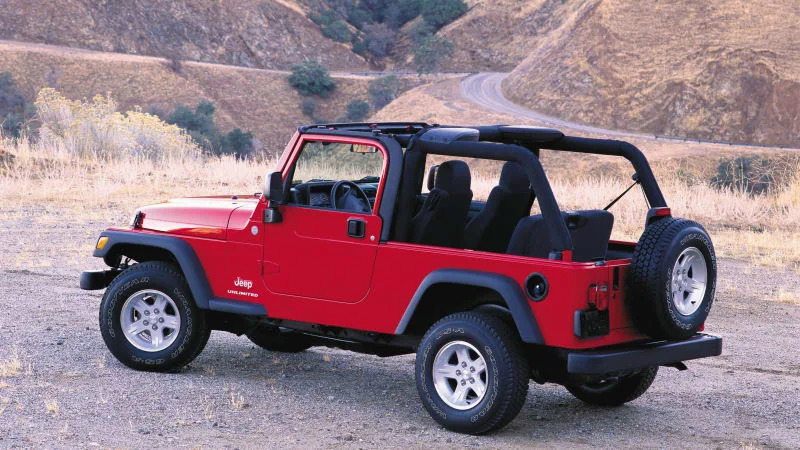
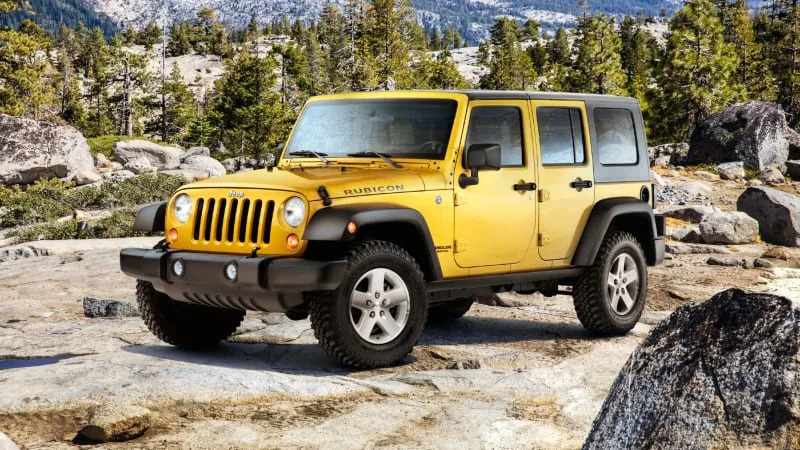
3 — Jeep Wrangler Unlimited
You will note that are two Wranglers shown here: the TJ and JK generations. We had some internal debate on this one as both generations were responsible for introducing the Jeep Wrangler Unlimited, a more daily drivable version of America’s iconic off-roader that we’d argue was the genesis of today’s rampant trend of daily drivable off-roaders. We ultimately just said “to hell with it” and put both. The original TJ Unlimited didn’t have rear doors; it was still a two-door Wrangler but with a stretched wheelbase and therefore more back seat room. The idea for a more versatile and even family-friendly Wrangler was there, even though the concept wasn’t fully realized until the four-door JK Unlimited launched for 2007. After that, there was no going back, as Unlimited sales quickly outpaced two-doors while Wrangler sales in general started a consistent, meteoric rise. More importantly, it established a trend that continues today. With rumors swirling of the two-door Wrangler’s days being numbered, it seems wild that just two generations ago, the four-door didn’t exist at all.
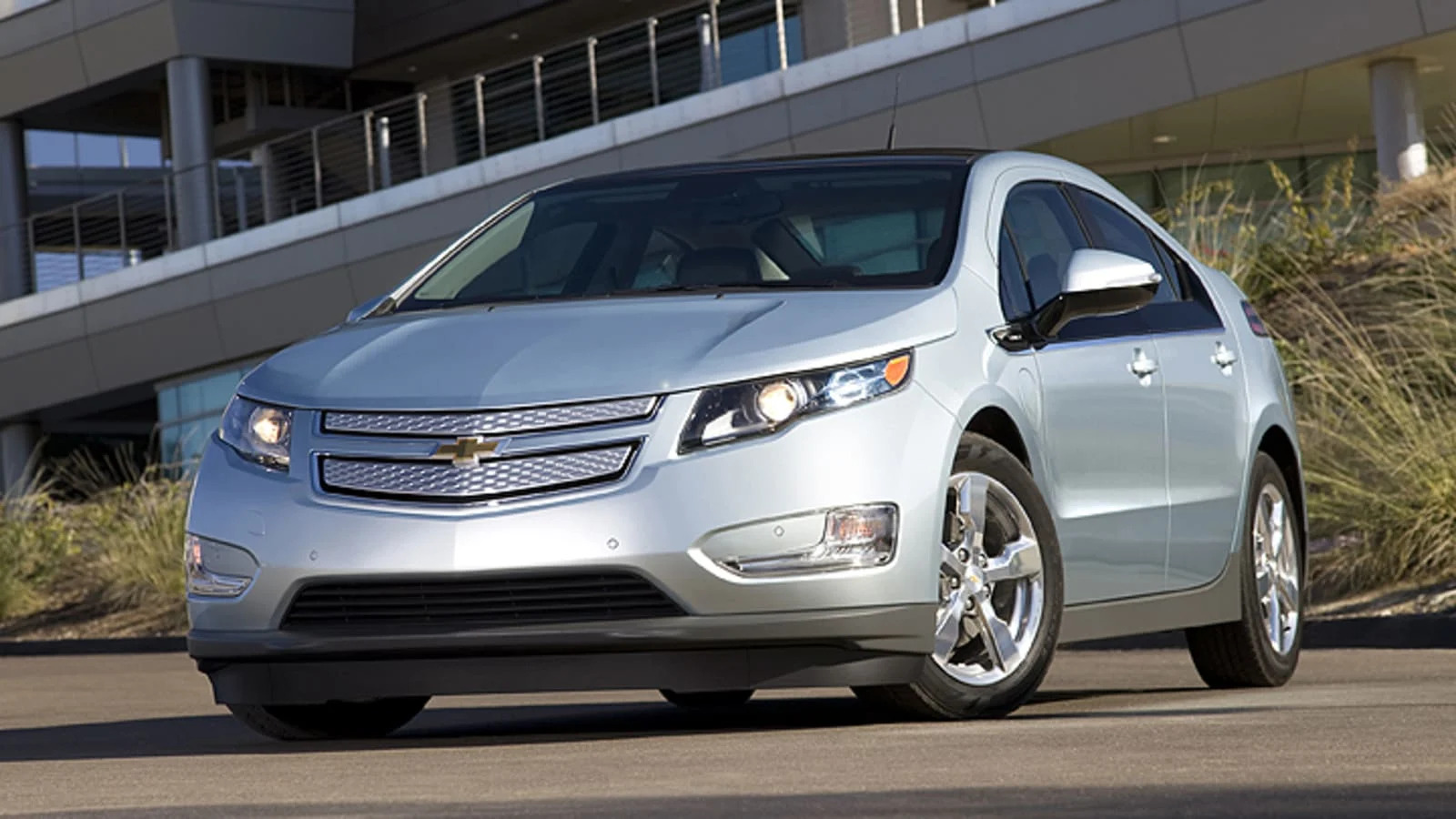
2 — 2011 Chevrolet Volt
Was it a plug-in hybrid? A range-extended EV? Was it a government-backed boondoggle or a genuine effort to advance powertrain technology? Whatever you want to call it, the “Government Motors” Volt was developed under serious duress. These days, a PHEV customer can afford to be a bit picky, but back in 2011, Chevy was blazing a trail. We recognized it at the time, too, as the Volt was a BIG story when it launched. Cars this fundamentally different don’t come along too often. Of course, it wasn’t a runaway sales success and GM never seemed that committed to making the Volt nor its powertrain concept successful, but with the industry and GM in particular shifting back toward hybrid tech, its legacy seems bound to be even more relevant in the coming years.
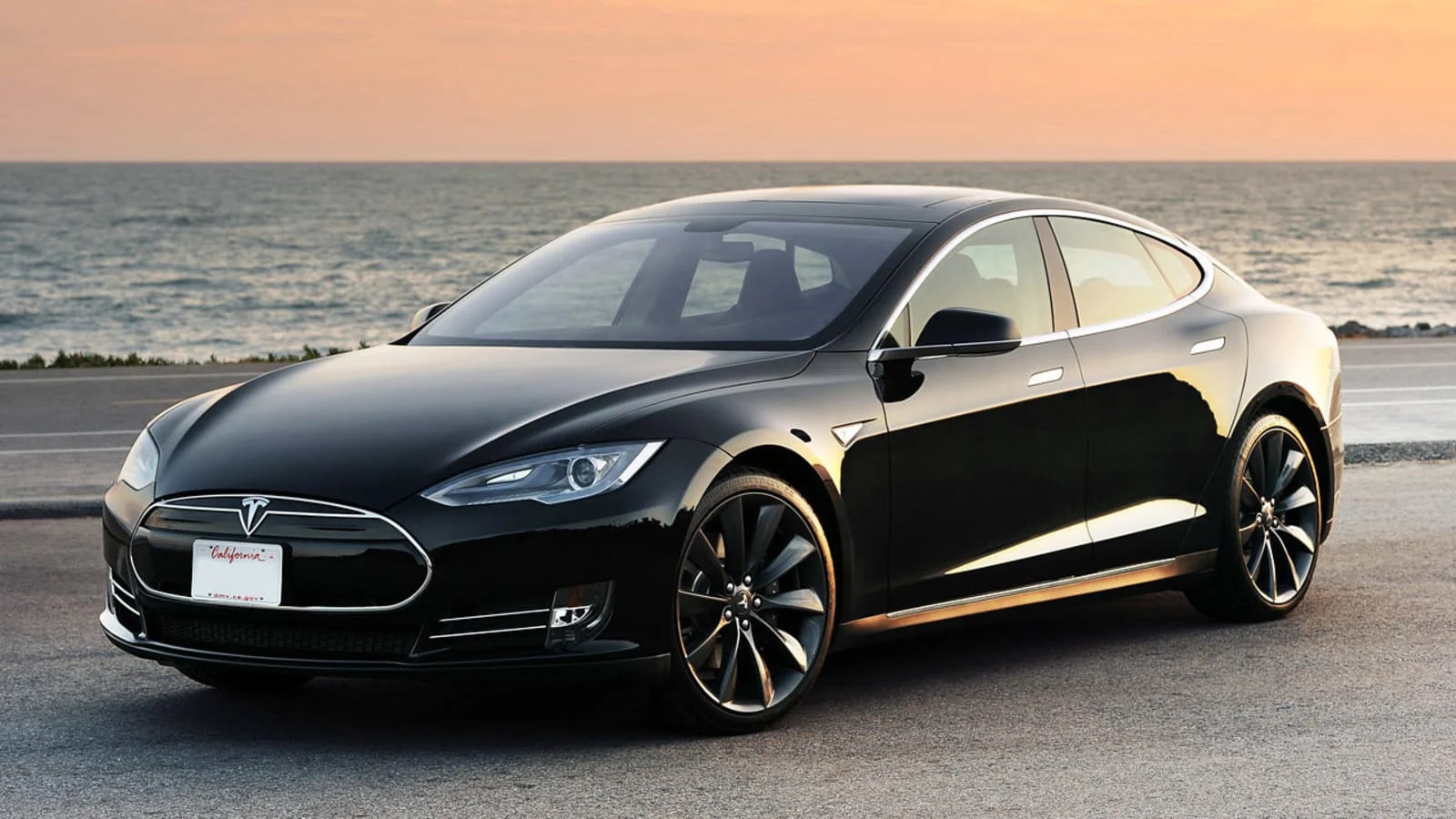
1 – 2012 Tesla Model S
We’ve had a lot to say about Tesla, and much of it has been critical, but here’s a reality check for you. Of the 45 vehicles nominated, only one received votes from every member of the staff, and not only that, received the maximum possible from every single one of us. 80 points — a perfect score — to the Bolt’s 38. We don’t often agree on much around here, but in this case, no deliberation was necessary. It was the Model S by an absolute landslide.
Quite simply, what car introduced in the past 20 years has done more to change the automotive industry and even the world? The Model S was not the first electric car, nor even the first Tesla, but it was what made Tesla more than just another pet project of a rich guy with more dollars than sense (although it’s totally still that). It was a real car and a wildly impressive one at that, despite the warts. More importantly, it made electric cars cool … as opposed to the exact opposite of cool considering what had come before. Making them cool and desirable to be seen in by well-heeled and fashion-forward buyers made getting one more than just an eco statement, which was vital to making electric cars viable. Without the existence and success of the Model S, there would be no Tesla today … or at least as we know it. Ergo, we wouldn’t have a car company that has fundamentally and radically changed the automotive industry. We wouldn’t have the current level of electric vehicle adoption nor the prospect of even more in the coming years, in this country and others. Say what you will about Elon Musk and the dubious empire he oversees — and believe us, we’ve said plenty — but without the Model S, the automotive world in which we live would not exist.
Honorable mentions

As noted above, our “short” list included 45 cars, meaning more than half weren’t represented in the list above, including quite a few that received votes. We feel it would be a disservice to leave them out entirely, so here’s a few of those that didn’t survive the cull. It’s a testament to how many impactful new cars have debuted over the past two decades that some of these didn’t merit more than an honorable mention. We suppose that’s a good problem to have, but it’s likely little consolation for fans of some of these rides. Were your picks done dirty? Let us know in the comments.
- 2003 Cadillac CTS
- 2010 Chevy Camaro
These two breakout nameplates for GM performance were nominated but neither made the cut. The C5 Corvette Z06 was deemed juuuuust too old to qualify. Yes, it’s hair-splitting. C’est la vie.
- 2003 Hummer H2
Worth noting that this beast’s electrical successor was not even nominated.
- 2003 VW Phaeton
The thud heard (almost) ’round the world. Volkswagen managed to keep the Phaeton alive in Europe, but its highfalutin’ American aspirations died with this boondoggle.
- 2018 Jeep Gladiator
Ask us again in 20 years.
- 2010 Porsche Panamera
After the Cayenne, Porsche’s first sedan just wasn’t anywhere near as groundbreaking.
- 2015 Ford Mustang
The S550 Mustang was a huge quality-of-life upgrade and much of its fundamental engineering still underpins the pony cars leaving Ford’s Flat Rock facility today.
- 2006 Honda Ridgeline
Other unibody trucks would eventually join it (see the Maverick above), but it took guts to launch the Ridgeline in a market where body-on-frame Ford Rangers could still be had for pennies by comparison.
- 2012 McLaren 12C
A pioneer in unconventional suspension design, but a bit too niche.
- 2013 McLaren P1
- 2013 Ferrari La Ferrari
- 2013 Porsche 918
This trio of hyper-hybrids set the tone for a new era of electrification in high performance.
- 2021 Ford Bronco
Ford’s return to the 4×4 space made a massive splash, but this is another one that needs time to marinate.
- 2020 Kia Telluride
Arguably, Kia’s first true breakout success. The Soul walked so Telluride could run.
- 2021 Ford F-150 Hybrid, 2022 F-150 Lightning
Both of Ford’s electrified half-tons were nominated, but neither has really had a chance to leave its mark.
- SEO Powered Content & PR Distribution. Get Amplified Today.
- PlatoData.Network Vertical Generative Ai. Empower Yourself. Access Here.
- PlatoAiStream. Web3 Intelligence. Knowledge Amplified. Access Here.
- PlatoESG. Carbon, CleanTech, Energy, Environment, Solar, Waste Management. Access Here.
- PlatoHealth. Biotech and Clinical Trials Intelligence. Access Here.
- Source: https://www.autoblog.com/article/top-20-cars-of-the-past-20-years/



